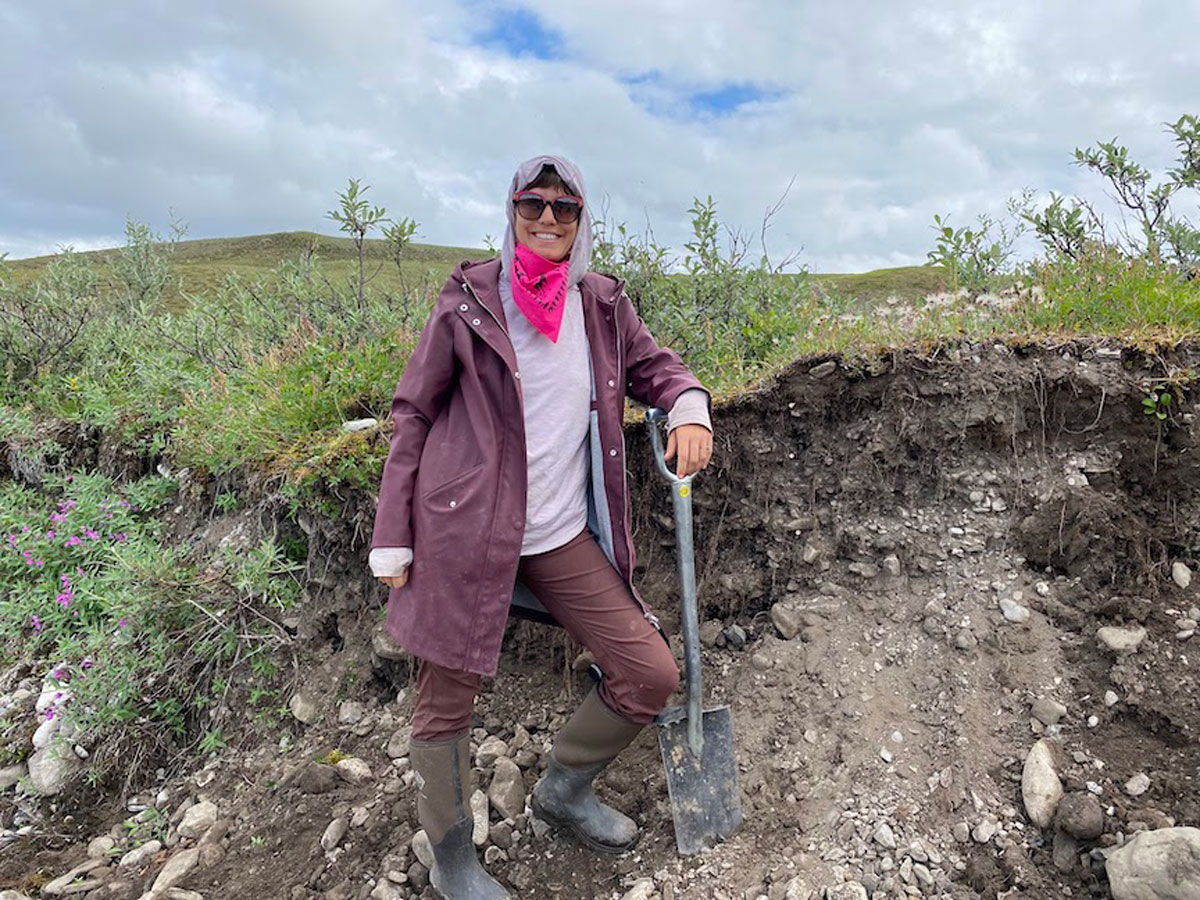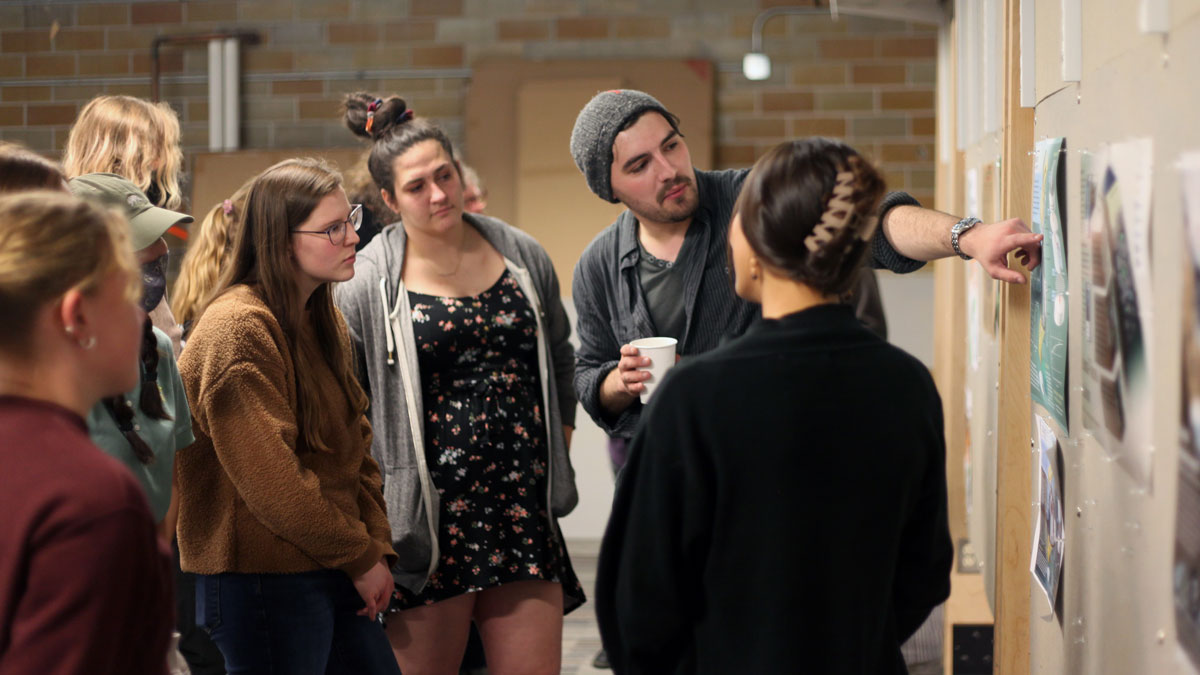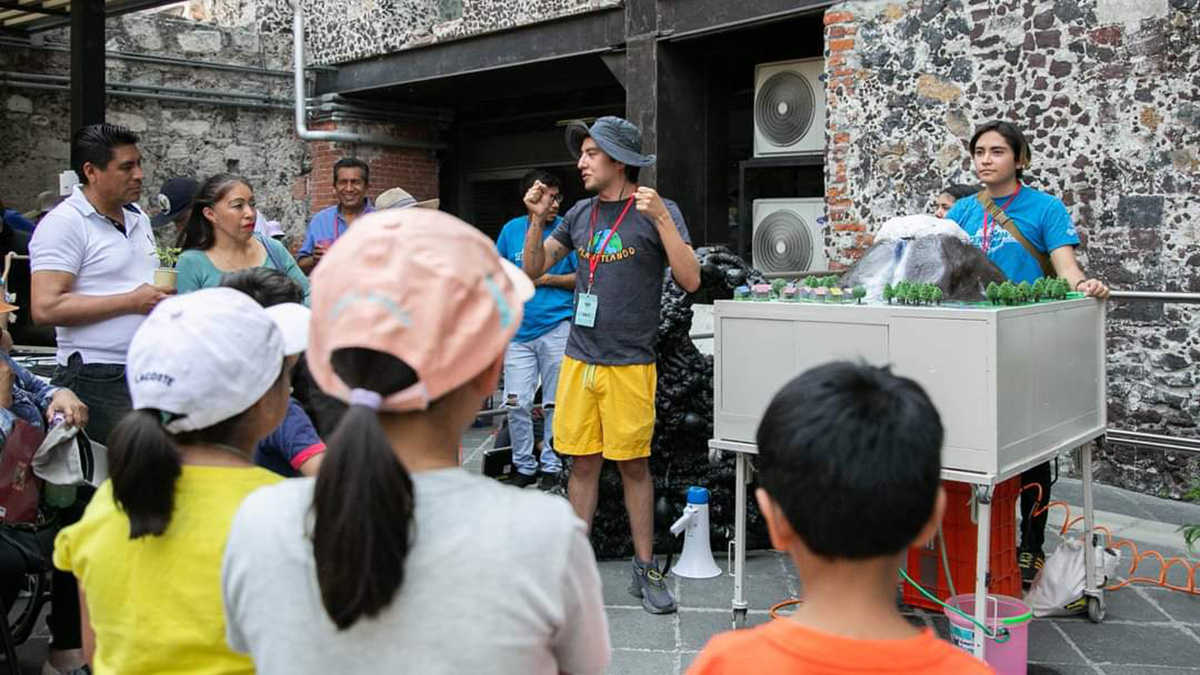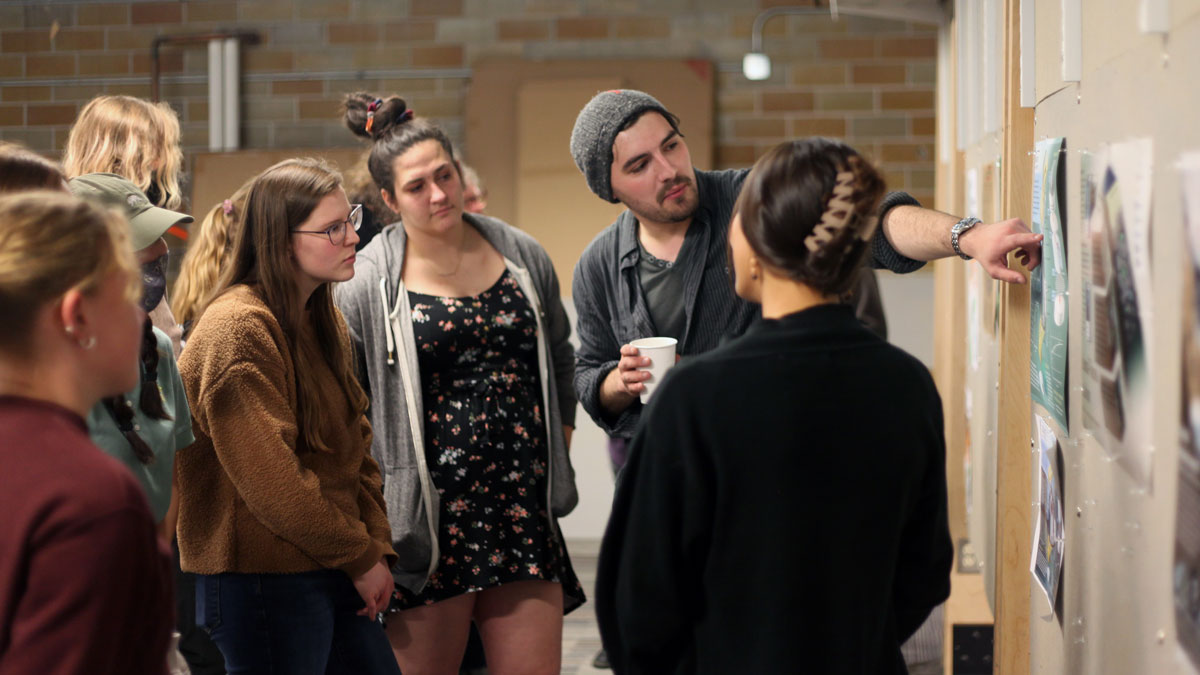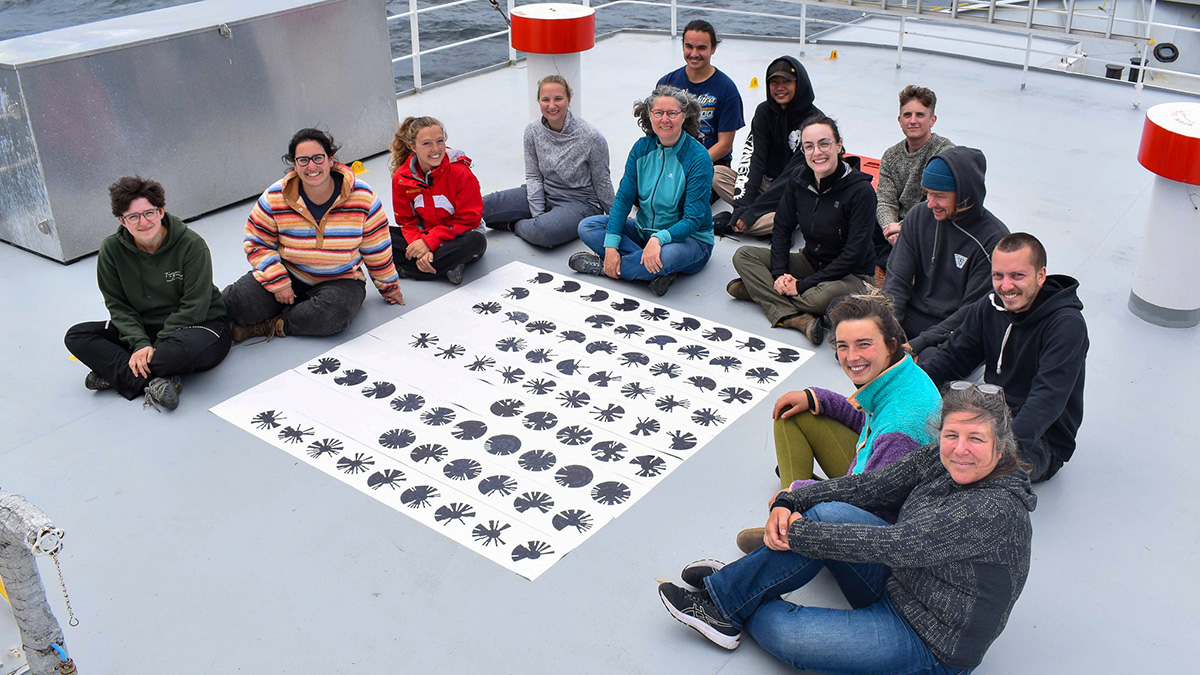Breaking down the artificial barriers between science and art can lead to collaborations, broaden the understanding of problems facing communities, and grow engagement to explore solutions.
arts
Erin Macdonald: Putting the Science in Science Fiction
The “Julia Child of science” makes science accessible through pop culture.
Yamina Pressler: Slowing Down, Appreciating Complexity, and Embracing Soil
The soil scientist draws inspiration from the earth beneath her feet.
Comunicación de la ciencia que va más allá de las palabras
Estudiantes de posgrado en ciencias de la Tierra y estudiantes de ilustración científica de licenciatura se unieron para crear visualizaciones accesibles y atractivas de la investigación que trascienden las limitaciones del uso exclusivo del lenguaje.
El festival más grande de ciencias de la Tierra en México atrae a las multitudes
Más de 1400 personas asistieron al Tierrafest 2023, un evento anual donde infancias, adolescentes, científicos y activistas comparten conocimiento sobre la Tierra y el ambiente en México.
Mexico’s Biggest Earth Science Festival Draws Crowds
More than 1,400 people attended TierraFest 2023, an annual event where children, teenagers, scientists, and activists share knowledge about Earth sciences and the environment in Mexico.
Science Communication That Goes Beyond Words
Earth science graduate students and scientific illustration undergraduates teamed up to create accessible, engaging visualizations of research that transcend limitations of using language alone.
¿Estaban los maestros impresionistas retratando una realidad contaminada?
Análisis de imágenes sugiere que el estilo de los artistas evolucionó en sincronía con el incremento de la contaminación en el aire durante la Revolución Industrial.
Were Impressionist Masters Painting a Polluted Reality?
Image analysis suggests that artists’ styles evolved in sync with increasing air pollution during the Industrial Revolution.
An Inclusive Approach to Oceangoing Research
The bread and butter of oceanography, sea voyages rarely include minoritized communities and nonscientists. The Inclusion Mission wants to change that.



